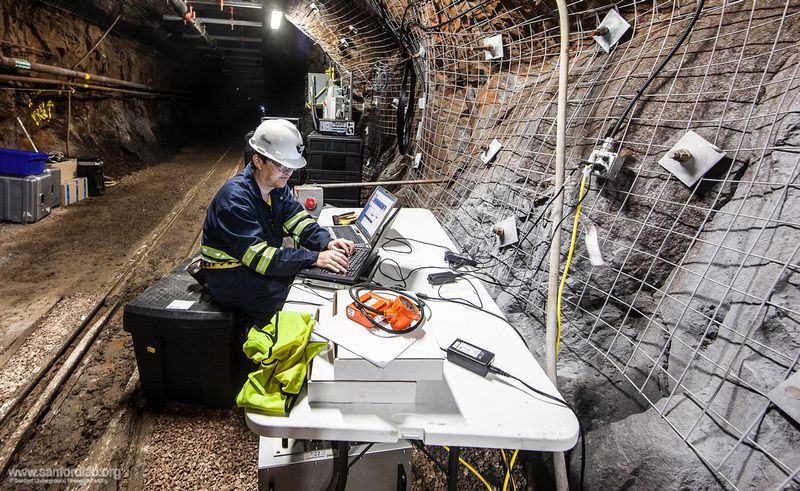Berkeley Lab Digs Deep For Clean Energy Solutions
Published on by Water Network Research, Official research team of The Water Network in Academic
Scientists from Berkley Lab dig deep and study rock fracturing to accelerate advances in energy production and waste storage technologies
 The knowledge they gain could ultimately help reduce greenhouse gas emissions and accelerate deployment of clean energy technologies.
The knowledge they gain could ultimately help reduce greenhouse gas emissions and accelerate deployment of clean energy technologies.
The observatory is part of a Department of Energy (DOE) initiative that seeks to address challenges associated with the use of the subsurface for energy extraction and waste storage.
Dubbed SubTER—or Subsurface Technology and Engineering Research, Development and Demonstration Crosscut—the initiative recognizes that the United States currently relies on the subsurface for more than 80 percent of its energy needs and that adaptive control of subsurface fractures and fluid flow is a crosscutting challenge that has the potential to transform energy production and waste storage strategies.
“As important as the subsurface is for U.S. energy strategy, our understanding of how the subsurface responds to common perturbations, such as those caused by pulling fluids out or pushing fluids in, is quite crude,” said Susan Hubbard, an Associate Director of Berkeley Lab who helps lead the SubTER National Laboratory team.
“We’re not able to manipulate the subsurface with the control that can guarantee that we’re not only maximizing energy production or waste storage, but that we’re also protecting our environment—including minimizing greenhouse gas emissions, impacts to groundwater, and induced seismicity. That’s a significant gap.”
Grand Challenge: Controlling the Subsurface
Scientists at several of the Department of Energy’s national labs are contributing to SubTER, which was launched last year after Energy Secretary Ernest Moniz identified adaptive control of the subsurface as one of the DOE’s “grand challenges.”
“We know the subsurface will still be a big part of our energy strategy for many decades to come,” said Hubbard. “We launched this initiative with the recognition that, whether it’s old energy strategies like oil and gas or new strategies like enhanced geothermal or carbon capture and sequestration, we have to really gain control of the subsurface.”
One key to gaining control is understanding how rocks fracture, in order to control it or prevent it, depending on the application. “We’re concerned with the ability of fluids to move through cracks and pores,” said Berkeley Lab geologist Patrick Dobson. “For some applications, such as engineered geothermal systems, you want fluids to move in order to mine the heat from the subsurface, so you want to create fractures. In others, such as carbon capture and sequestration, we’re more interested in making sure fractures don’t grow.”
To gain a predictive understanding of fracture control, Berkeley Lab is leading a SubTER project to develop an underground observatory and to conduct integrated experiments and geophysical imaging. The underground observatory is located at the Sanford Underground Research Facility in South Dakota, the site of a former gold mine that is now primarily a research lab for particle physics. The Berkeley Lab team chose one part of the facility at 4,850 feet below ground to set up their observatory, dubbed kISMET, for permeability [k] and Induced Seismicity Management for Energy Technologies.
Read full article at: Berkley Lab
Media
Taxonomy
- Clean Tech
- Energy
- Geothermal
- Geophysical Investigations
- Greenhouse Gases
- Storage
- Water Energy Storage